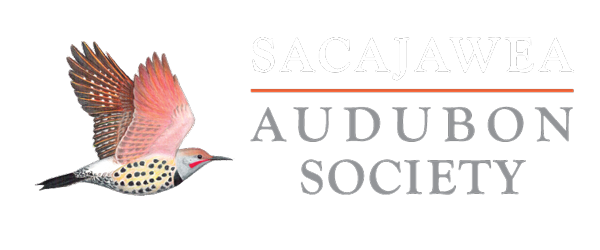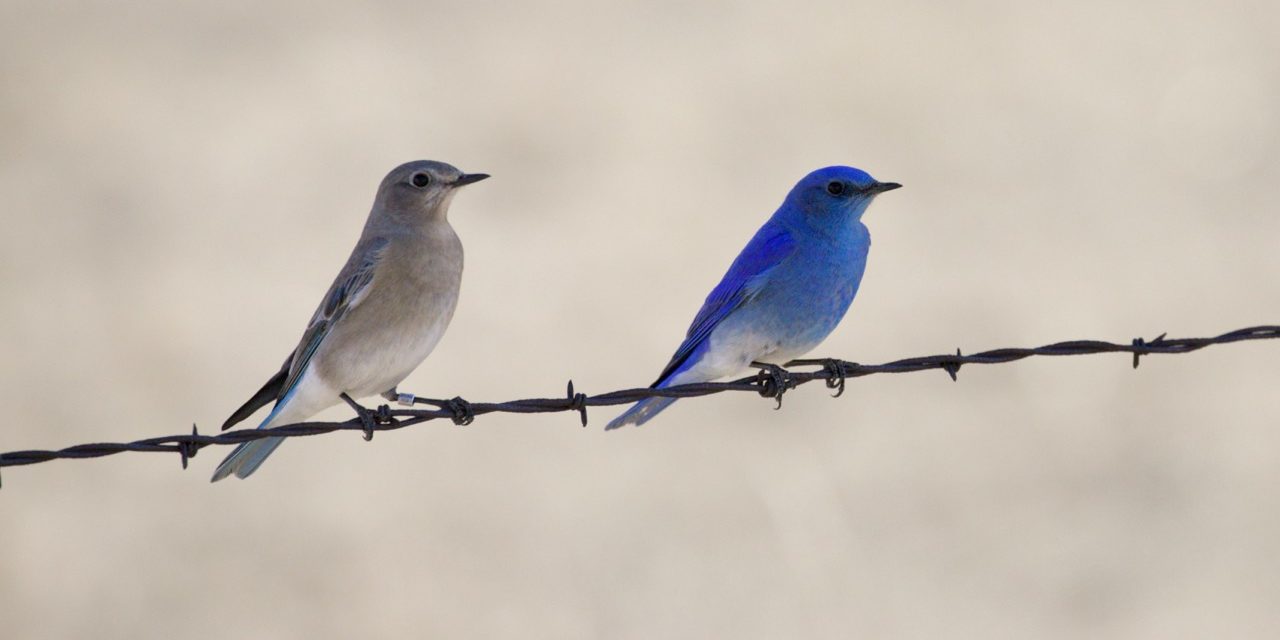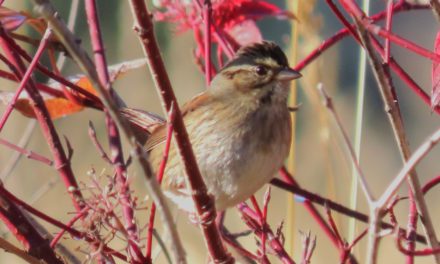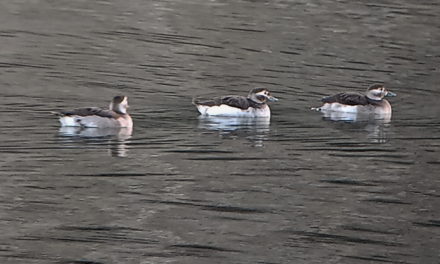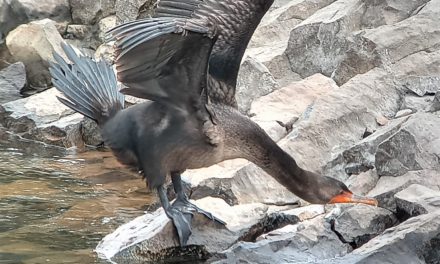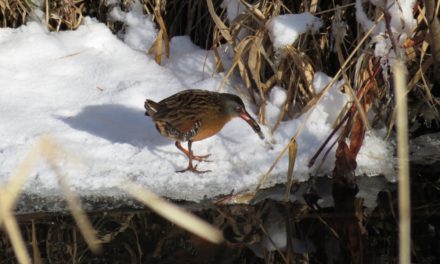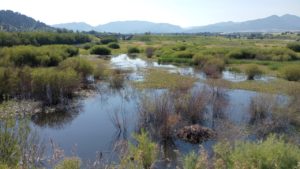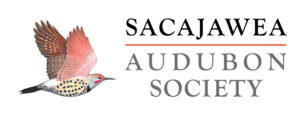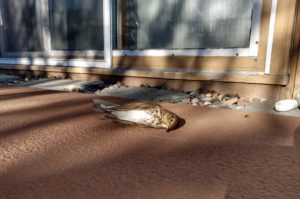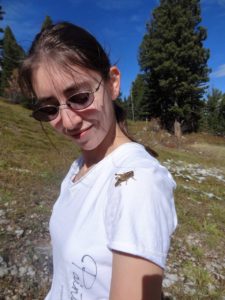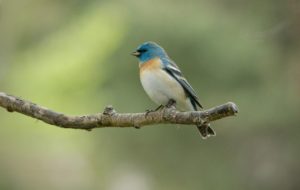As hoped, early March was mild after February’s onslaught of snow and cold. The clearing skies and warmer weather across the intermountain west, was just the signal that the bluebirds were waiting for. Within a period of three days, Mountain Bluebirds were being seen in all of the local river valleys. The first three Mountain Bluebirds were seen March 5th in the lower Madison Valley at Buffalo Jump State Park by Travis Kidd. The following day Lou Ann Harris saw a Mountain Bluebird in the Jefferson Valley at Lewis and Clark Caverns, followed the next day by Mary and John Griffith’s sighting of two Mountain Bluebirds in the Gallatin Valley north of Belgrade. Finally, on March 8th, Melanie Moroney spotted two Mountain Bluebirds in Tom Miner Basin at the south end of Paradise Valley. As always, the first Sandhill Cranes arrive right on the heels of the bluebirds, with this year’s first sighting coming from Anne Buckley’s property north of Livingston on March 8th.
Locally, another harbinger of spring are the first Ring-billed Gulls. A good bet to see gulls is near the local landfill; so it wasn’t as much of a surprise when on March 6th Vic Fesolowitz and Kim Oobink spotted two Ring-billed Gulls flying across the interstate north of the Gallatin County landfill near Logan.
The biggest surprise of the last month was a single Double-crested Cormorant seen resting on the Missouri River ice at Headwaters State Park. Pamm Davis saw this cormorant March 1st, which is the earliest record for this area by two weeks. Dalton Spencer added another early record to the books when he heard a Say’s Phoebe at Buffalo Jump State Park on March 12th, beating the previous early date by three days.
I was watching ducks recently, thinking about bird names and how most of the common English names for ducks are fairly descriptive. Of course, there are exceptions like American Wigeon and Mallard. Some of the colloquial names for ducks can describe them in a word, like “Baldpate” for the pale or white head of the male wigeon, or simply “Greenhead” for the green head of the male Mallard. These remind me of a co-worker of my wife, who asked her :“What’s the name of this bird I saw? It’s a black bird with a yellow head.” My wife replied: “Yellow-headed Blackbird,”to which she said: “No, really, what’s its name?” I’m not sure if she was ever convinced that my wife wasn’t pulling her leg.
Some of the other colloquial names for ducks include: “sprig” for Northern Pintail, “spoonbill” for Northern Shoveler, “blackjack” for Ring-necked Duck (can’t we just call them Ring-billed Duck?), “rock duck” for Harlequin Duck, “butterball” for Bufflehead, “whistler” for Goldeneyes, and “sawbill” for Mergansers.
Often the Latin name can be much more enlightening than the common English names. One of my favorites is the Harlequin Duck, with the Latin name Histrionicus histrionicus. First of all, it’s easy to remember and the “histrionic” coming from the Latin “histrio”—or a “stage player”—referring to their flamboyant plumage. The Latin name of the Red-breasted Merganser is Mergus serrator: Mergus for “a diver” and serrator for—wait for it—“a sawer.”
So, you’ll find me early in April looking for a diving sawer at Black’s Ford on the Madison River, and later in May you might find me scanning the rocks in the upper Gallatin River for rock ducks.
